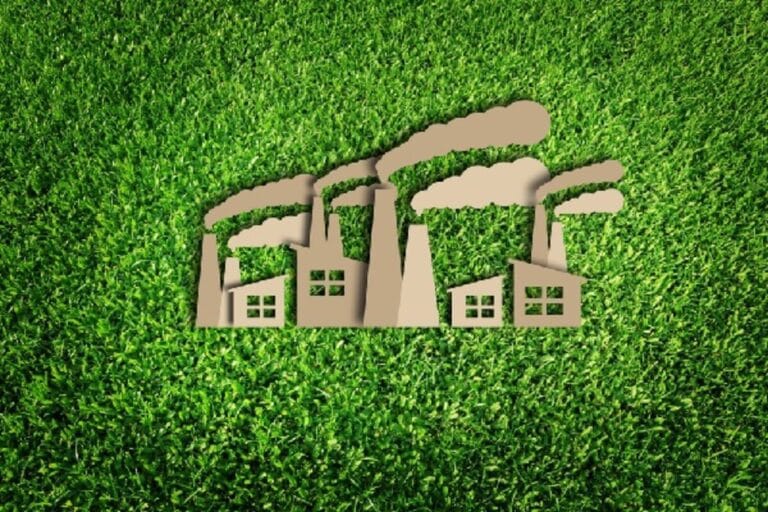In the face of the climate emergency and new regulatory requirements, Morocco has placed the decarbonization of its industry at the heart of its development strategy. More than an ecological imperative, this transformation has become an economic necessity to preserve the competitiveness of Moroccan companies, especially in light of the European Union’s Carbon Border Adjustment Mechanism (CBAM).
A strong commitment to reduce emissions
Since the Paris Agreement in 2015, the Kingdom has set ambitious targets for reducing greenhouse gas (GHG) emissions. Its Nationally Determined Contribution (NDC), updated in 2021, aims for a 45.5% reduction in emissions by 2030, including 18.3% unconditionally and 27.2% depending on international support.
The Moroccan industry, which accounted for nearly 25% of national GHG emissions in 2022, is directly involved in this effort. Key sectors such as cement, steel, and chemicals must accelerate their transition to more sustainable processes to enable the country to achieve carbon neutrality by 2050.
Towards a green and competitive industry
Morocco is relying on its renewable energy resources to support this transformation. In 2023, solar and wind already covered 40% of national electricity capacity, with a target of 52% by 2030. At the same time, international funding, notably from the World Bank and the African Development Bank, is being mobilized to support low-carbon industrial projects.
The implementation of the CBAM poses a challenge for Moroccan exporting industries, but also an opportunity to adapt their infrastructures to international standards and increase their attractiveness in the European market.
Concrete initiatives underway
Several Moroccan companies have already begun their transformation. LafargeHolcim Morocco is developing carbon capture technologies and gradually replacing fossil fuels with alternative sources. Meanwhile, Sonasid is focusing on electrometallurgical processes powered by renewable energies to reduce the carbon footprint of steelmaking. In the automotive sector, Renault Morocco aims for zero carbon production at its Tangier site through systems combining solar, wind, and biomass.
An economic and social challenge to meet
While this transition offers opportunities, it also represents a major challenge for the Moroccan economy. The costs of decarbonization technologies remain high, particularly for SMEs. Furthermore, developing a green industry requires a skilled workforce, necessitating an enhancement of specialized training.
The Moroccan industry must also accelerate its modernization to maintain its competitiveness in global markets, integrating increasingly stringent environmental criteria.
A model for Africa and a player in the global transition
To succeed in this endeavor, Morocco is relying on strengthened cooperation between public and private actors. The launch of the Green H2 Morocco Cluster illustrates this ambition to make the country a pioneer in green hydrogen, a key technology for decarbonizing hard-to-electrify industries.
While the path to 2050 is fraught with challenges, Morocco demonstrates that reconciling industrial development with environmental imperatives is possible. With proactive policies and targeted investments, the country positions itself as a model in Africa and a strategic partner in the global energy transition.
Far from being a constraint, decarbonization could well be a powerful lever to transform the Moroccan economy while contributing to the preservation of the planet.
With Les Inspirations ÉCO


